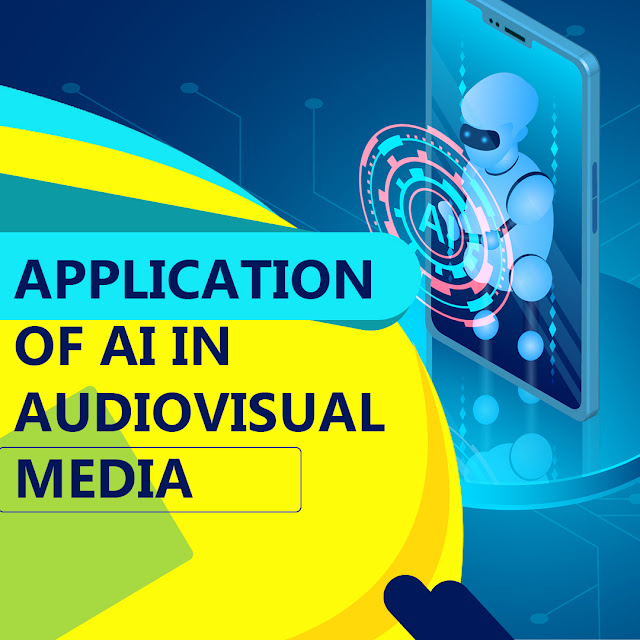Application of AI in audiovisual media
Artificial Intelligence (AI) and machine learning have implications
for the media industry as a whole. In this article, we focus on audiovisual media.
We examine how AI impacts viewers' interest and how it is getting advanced. The
balance between the two has inference suggestions on the diversity of the TV
and film sector. This article reviews the current role and practices of AI
in video and audio and the impact it creates on the viewers. AV
technology has grown as sophisticated as other things on the IT network, but
there prevail some fundamental usage challenges.
Critical points of how AI is impacting audiovisual media:
AI
practice is swiftly expanding in media; it is commercial purposes are pretty
clear, but further public stakeholders are working in developing and employing
AI.
•
Distribution is an essential component of the new business models; broadcasters
must determine the dynamics of multi-platform distribution (utilizing audience
information, publishing series, and programs, reactive scheduling, many
more.)
•
The two primary AI practices at present are recommending viewers and to target
advertising.
•
Adverse impacts of AI are known; it’s more and more related to data protection,
freedom of expression, and social diversity, are exposed.
•
Still, discussions on supervisory (rules and regulations') requirements
are underway.
•
The principles of AI have a positive effect on the interviews. Though, ethical
standards are complexed since following them is optional. Laws are based on
autoregulation, and there are no enforceable fines for violating them.
AI
has yielded new opportunities in the audiovisual media industry in a short span
of time. Media companies are able to discover new opportunities to serve their
spectators adequately and grow their services and the business side of
media.
AI technology is assisting with intelligent control.
AV
setting is already getting applied at a broader range to watch live content,
and this has been made attainable with the help of multiple cameras, industrial
equipment, social media broadcast, and computer visualization. Video walls are
employed to enable large numbers of information feeds to be concurrently
monitored. The centralized administration and control method is becoming a
compulsion rather than a fitting resolution.
Such
type of technology of smart application will make
command
and control systems more efficient. As the data variety and volumes increase,
intelligent systems are required to capture and analyze this 'big data' live
automatically.
AI technology is making everything automated for humans:
In
any kind of situation, the capability to immediately
visualizing
and understanding the relationship bet6ween changes or trends in masses of data
sources represent how significant AV is to the user experience and how it's
integration is needed toward a broader AI technology operations strategy.
Several organizations are already assessing how AI and IoT can expand and
automate some parts of their business processes. Many of these methods nowadays
heavily depend on AV infrastructure and particularly the performance of the
video.
It
will become more relevant to consider this as it gets
characterized
as an AV/IT blended design and not the one where the visual components and
arrangements are adding a possibly expensive reconsideration. At the beginning,
reserved for the gaming world, but now these modern-day advanced technologies
are gradually entering the domain of audiovisual media. AI will continue to
transform storytelling with virtual personalities that are capable of
communicating with human beings.


Comments
Post a Comment